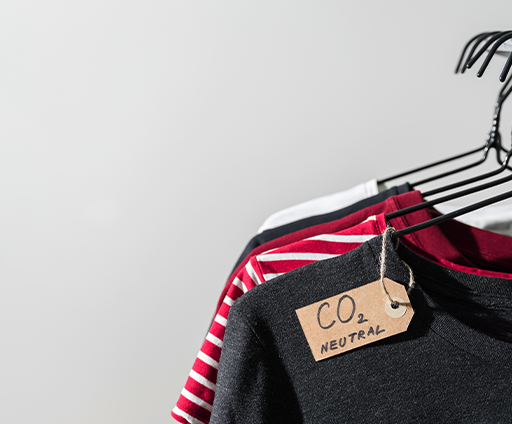Intro to Slow Fashion 101
In today’s fast-paced world, the fashion industry has seen a rise in the concept of slow fashion. Slow fashion focuses on sustainability, ethics, and building a timeless wardrobe that transcends trends. By embracing slow fashion principles, you can create a closet that not only reflects your personal style but also reduces environmental impact. In this blog post, we will explore the key steps to building a timeless and eco-friendly closet through slow fashion.

Invest in Quality Pieces
The foundation of a timeless and eco-friendly closet lies in investing in high-quality garments. Quality pieces are made to last, reducing the need for constant replacements and ultimately reducing waste. Look for durable materials like organic cotton, linen, or ethically sourced wool. Pay attention to craftsmanship and choose garments that are well-constructed with attention to detail. While quality pieces may come with a higher price tag, they are a worthwhile investment in the long run.

Opt for Classic Styles
To build a timeless wardrobe, opt for classic styles that never go out of fashion. Instead of chasing fleeting trends, focus on versatile pieces that can be styled in different ways. Classic items like tailored blazers, little black dresses, and well-fitted jeans are timeless essentials that can form the backbone of your closet. By selecting timeless styles, you reduce the need to constantly update your wardrobe, resulting in a more sustainable approach to fashion.

Embrace Secondhand and Vintage Shopping
One of the best ways to practice slow fashion is by embracing secondhand and vintage shopping. Thrift stores, consignment shops, and online platforms offer a treasure trove of unique and pre-loved clothing options. Not only does buying secondhand extend the lifespan of garments, but it also reduces the demand for new production. Vintage pieces add a touch of nostalgia and individuality to your wardrobe while supporting circular fashion practices.

Prioritize Sustainable and Ethical Brands
When shopping for new items, prioritize brands that prioritize sustainability and ethics. Look for certifications like Fair Trade, GOTS (Global Organic Textile Standard), or B Corp, which indicate a commitment to social and environmental responsibility. Sustainable brands often use eco-friendly materials, practice ethical labor standards, and have transparent supply chains. By supporting these brands, you contribute to a more sustainable fashion industry.

Care for Your Clothes
Maintaining and caring for your clothes is crucial for building a timeless and eco-friendly closet. Follow garment care instructions to ensure longevity. Opt for natural and environmentally friendly detergents, wash clothes in cold water, and air dry whenever possible. Repair and mend clothing instead of discarding them at the first sign of damage. By extending the life of your garments, you reduce waste and make a positive impact on the environment.

In conclusion, building a timeless and eco-friendly closet through slow fashion is a journey that requires mindful choices and conscious consumption. By investing in quality pieces, opting for classic styles, embracing secondhand shopping, supporting sustainable brands, and caring for your clothes, you can create a wardrobe that aligns with your values and reduces your fashion footprint. Let’s embrace the power of slow fashion and contribute to a more sustainable and ethical future for the fashion industry.
By the way if you haven’t check our Blogpost about Minimalism for a great Lifestyle by clicking here
Comments +